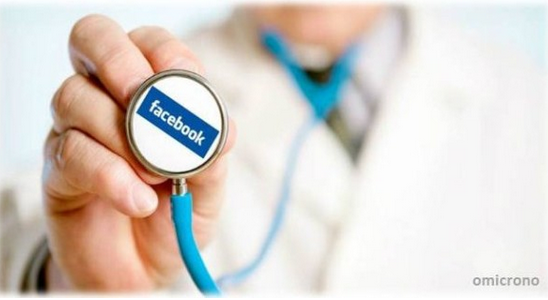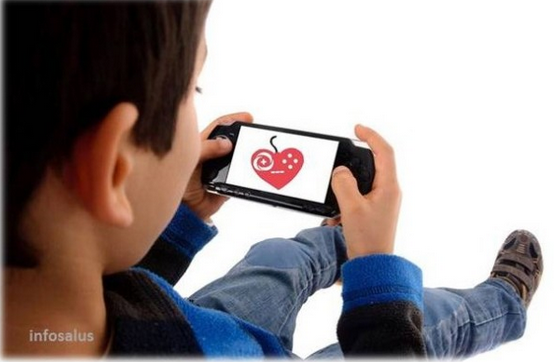
VideoGames, social networks and wearables have been installed in our lives since a few years. They occupy much of our free time, allowing new methods of interacting with families and friends. They are part of the so called Information and Communication Technologies (ICTs), a pillar of the new concept of health eHealth that gives meaning to the use of social networks, videogames and wearables in order to improve the quality of life of the people.
The World Health Organization (WHO) defines eHealth as “the use of information and communication technologies for better health monitoring; for example, for the treatment of certain patients, promote research, create tools for education students, do screaning in various diseases”. The main participants of the eHealth, patients (ePatient) and doctors (eDoctor) are aware of that technology can improve the performance of health systems and make use of it for their benefit.
The objective of eHealth is to focus the health system on the specific needs of citizens by providing and exchanging information. Hence patients, professionals and health managers provide knowledge to the care chain with the aim of promoting the prevention, diagnosis early and specialized treatment.
The main services that provide e-health are telemedicine, telecare, online consultations, telematic management, monitoring and treatment delivery and management big data the health management entails. Professionals, patients and managers are closer, easing efforts, avoiding displacements and reducing resources while improving service.
The new technologies, social networks, specialized blogs, wikis, podcasts, videos and messaging services, video games, wearables, of whom know their lucid and social part allow the exchange of information and knowledge, basic aspect in e-health, through:
- Patients’ Communities in whom share experiences, talk about their disease, treatments and resources available. Patients have company.
- Professionals’ Communities to share experiences, knowledge, approaches, concerns, views, etc.
- Health networks that connect patients with professionals, and provide useful information to users. They often include valuation services, testimonials, advice, recommendations, etc.
- Health information Sources available to patients and professionals who report on the latest developments and report on the health aspect.
- Direct communication through the latest technologies (videoconferencing, chat, blogs, forums, etc.) that enable remote assistance, and allow the patient and the professional maintain a close relationship.
- Patient monitoring and treatment, application usage and wearables devices that allow continuous monitoring of the health conditions of patients, especially chronic, and evaluate, motivate and guide their treatment.
Treatments and health monitoring of chronic patients require monitoring professionals who perform the testing and evaluation of patients. So far, it requires the need to go to the health center and make an appointment with the appropriate professionals. Mobile applications, wearables and video games allow the patient can perform their own tests at home providing professional data necessary to carry out the necessary assessments without resorting to consultation, reducing costs, increasing the rate of monitoring and increased adherence to treatment.

There are a lot of applications related to eHealth and especially chronic patients such as diabetes. Videogames, or Serious Games, as they are called, are a kind of applications that go beyond entertainment and allow motivate, evaluate and inform patients, allow greater adherence to treatment in patients. These applications and devices can increase patient knowledge about their disease and enhance training and skills development and extraction of valuable information for professionals, while fun and involves the patient.
It is clear that eHealth offers many advantages but, are they accessible to everyone? The basis of eHealth is ICT and therefore requires knowledge and assimilation of them. Not everybody dominate these technologies. The elderly have greater difficulty in accessing Internet so that, there is a handicap to overcome in order to they can be part of eHealth. They also tend to have misgivings about changes and prefer not to change.
As you can read, eHealth facilitates the exchange of knowledge, treatment adherence reducing costs and increasing the knowledge of patients and professionals. But its implementation is slow because it depends not only on technology but the attitude of people to them.
- Augmented Reality and Health (II) - 11 January 2017
- Augmented Reality (AR) and Health (I) - 3 January 2017
- eHealth: Can videogames improve our health? - 3 July 2016
